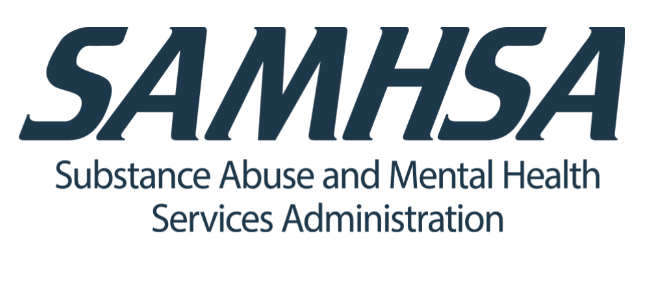One of the most challenging parts of treating opioid addiction is the first few weeks. During this time, people undergo intense detox and withdrawal symptoms. Here is what you need to know about the process of detoxing and withdrawing from opioids.
Addiction to Opioids
Opioid addiction is currently one of the biggest causes of substance abuse in the United States. The problem with opioids is that they are intensely addictive. Using them just once can result in an intense urge to use the drugs again. There are a wide variety of drugs that fall into the category of opioids. This category of the drug gets its name from the fact that it acts on the opioid receptors of the brain. There are naturally occurring opioids like heroin, morphine, and opium, and there are also synthetic opioids like oxycodone, fentanyl, methadone, hydrocodone, and codeine. Some people abuse opioids in the form of prescription pills while others buy illegal drugs.
Over time, people who abuse opioids become tolerant to them. They need more and more of the drug to achieve the same effect. Unfortunately, taking too many opioids can result in deadly overdoses. The modern opioid crisis is made much worse by the fact that some synthetic opioids like fentanyl can be deadly in minute quantities. Because opioid addictions are so dangerous, it is imperative that users stop abusing the drug as soon as possible. Sadly, this is often easier said than done.
What Is Opioid Withdrawal?
One of the major reasons that opioid abuse is so hard to beat is withdrawal. Withdrawal is the medical name for a set of symptoms that happen when a person stops or reduces their intake of opioids. It happens because the body gets used to functioning with opiates in the system. To manage the constant influx of opiates, the brain begins producing less of the chemicals needed to maintain mood, blood pressure, breathing, and wakefulness. When a person stops taking opioids, the brain struggles to go back to normal and start working properly again.
People can start experiencing withdrawal symptoms as soon as six to twelve hours after a person stops using opiates, but it can take up to 30 hours for symptoms to appear. Once the earliest symptoms show up, they will gradually worsen over the next 40-70 hours before peaking and beginning to decline. Physical symptoms are normally over about three to seven days after the last time a person takes opiates, but it can take a few months for all psychological issues to resolve.
Opioid Withdrawal Symptoms
Opioid withdrawal is a very complicated and varied condition. Not all people will experience the same symptoms, and severity can come and go. Generally, symptoms are stronger among those who have been abusing high numbers of opioids for longer amounts of time. People experiencing withdrawal from opiates can expect to encounter one or more of the following symptoms:
- Opioid cravings
- Anxiety and agitation
- Fever and sweating
- Depression
- Runny nose
- Heightened heart rate
- Random muscle aches
- Trouble sleeping
- Diarrhea, vomiting, and nausea
- Intense chills and shivering
- Stomach pain and cramps
Opioid withdrawal is normally characterized as unpleasant but not deadly. However, the reality is that many of these symptoms, like vomiting, diarrhea, and depression, can be severe enough to be fatal. Since withdrawal is so dangerous, it is important to have medical supervision and treatment while you go through it.
Opioid Detox
Opioid detox is the process of getting all the opioids out of a patient’s body. There are many different detox plans available to those dealing with opioid addiction. Some doctors recommend the practice of rapid opioid detoxification. This involves sedating the patient and administering medications that quickly deactivate any opioids remaining in a person’s system. Others suggest that patients try drug replacement therapy. This replaces the opioid with suboxone, a type of partial opioid that can activate opioid receptors just enough to mitigate withdrawal symptoms.
With all methods of removing opioids from the patient’s system, they will eventually reach the withdrawal stage of detox. There are several potential medical treatments that can help to alleviate symptoms. Anti-nausea, anti-diarrheal, and painkiller medications can help to address some of the major issues of detox. Some people may also need IVs or other medical interventions to address issues like dehydration. Keep in mind that detox treatment is not strictly medical. Patients often deal with a lot of anxiety and depression that require therapeutic intervention as well.
Your opiate detox with Novo Detox will start by keeping you comfortable during withdrawal and intervening to treat withdrawal symptoms. Patients can expect to be treated with respect as Novo works with them to plan for recovery. If you or your loved one has an opiate addiction problem, contact us today to learn more about why Novo Detox Center is the best detox treatment facility.




